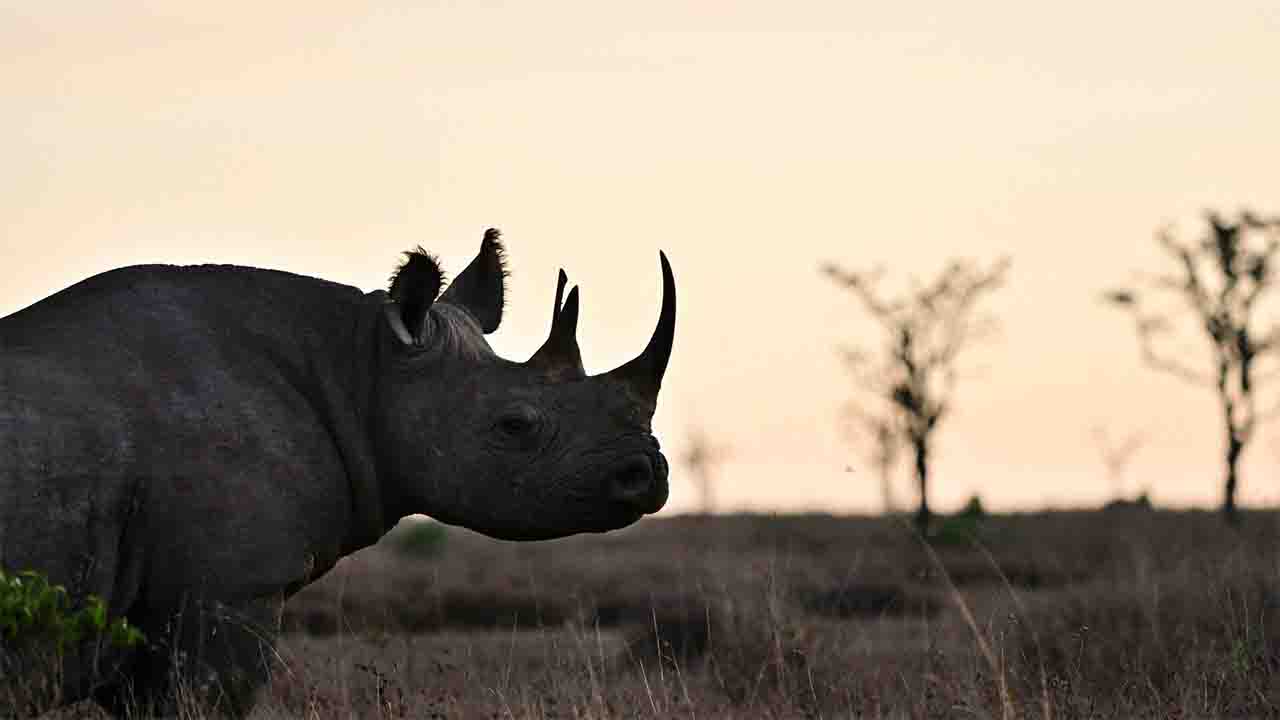Africa (Commonwealth Union) _After an unsuccessful attempt in 2018, Kenya has triumphantly relocated 21 black rhinos, thanks to the dedicated efforts of highly skilled capture and veterinary specialists from the Kenya Wildlife Service and its partners. The 18-day translocation saw these majestic mammals settling into their new habitat, a sprawling 58,000-acre territory within the Loisaba Conservancy in central Kenya, with a substantial 25,000-acre portion exclusively designated for their conservation.
This relocation marks a poignant moment for the county, which endured the tragic loss of its last rhinos to poaching half a century ago. Daniel Ole Yiankere, a ranger, expressed the significance of their return, emphasizing the decades-long absence of these creatures and the ongoing efforts to revitalize the landscape and bolster the rhino population to its former glory.
Kenya’s most significant rhino relocation project to date involved meticulous planning and execution, including tracking, darting, and transporting critically endangered rhinos to their new abode. Tom Silvester, the chief executive of Loisaba Conservancy, celebrated this milestone, highlighting Kenya’s progress in rhino conservation, with the country now boasting the third-largest black rhino population globally, following South Africa and Namibia.
However, the burgeoning rhino population has presented challenges, including limited space in established sanctuaries. To address this issue, Kenya has established 17 sanctuaries across the country, and strategic relocations are essential to prevent overpopulation in specific areas. Research scientists emphasize the importance of maintaining ecological balance by relocating rhinos to new areas, thereby facilitating population growth.
The 21 black rhinos were captured from Nairobi National Park, Ol Pejeta, and Lewa conservancies in January and safely transferred to their new home. Additionally, Kenya’s role in safeguarding the northern white rhino from extinction is noteworthy, with the country hosting the last two females of the species globally. Through collaborative efforts such as the BioRescue project, Kenya has developed 30 embryos awaiting implantation into southern white rhino surrogate females, contributing significantly to global conservation initiatives.








